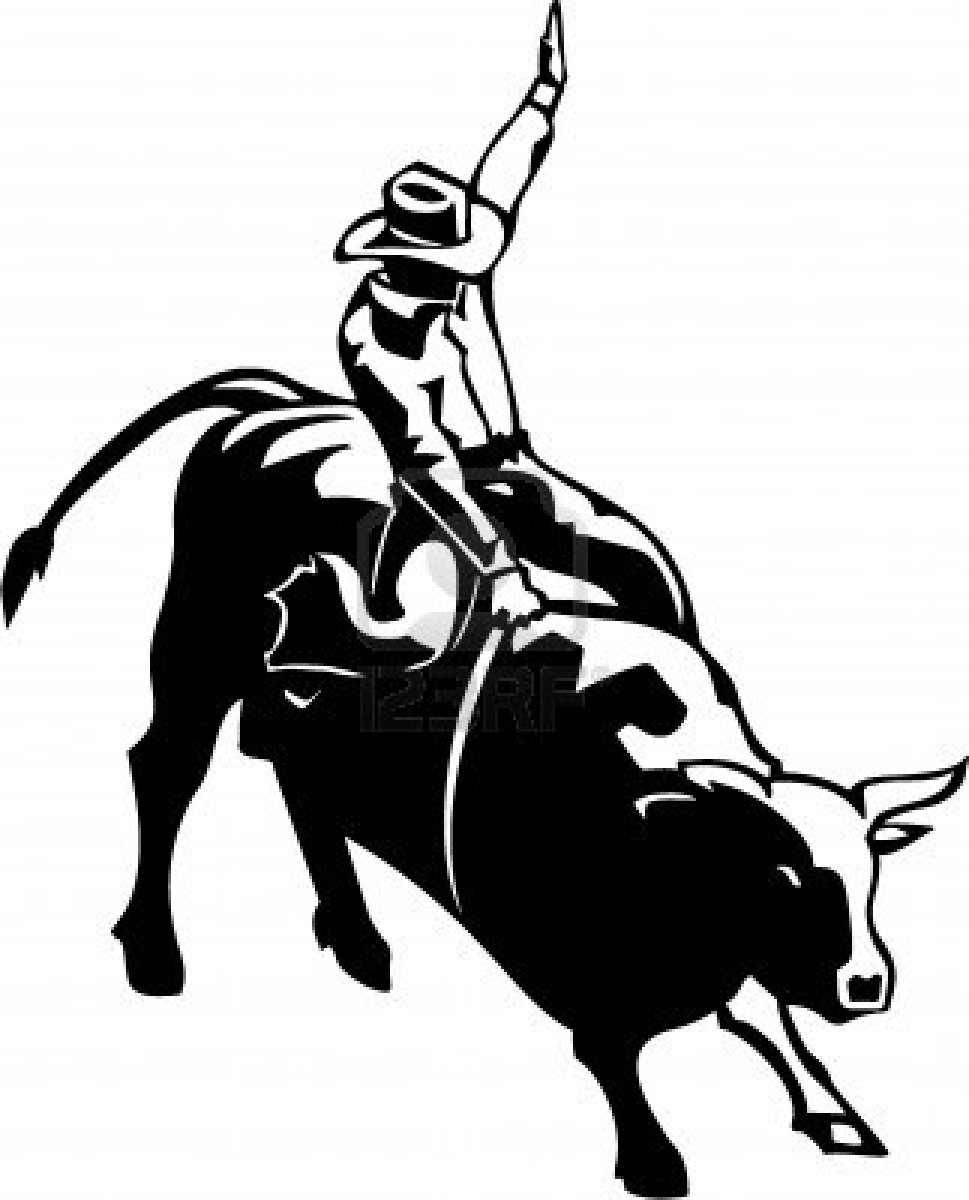Bull Rider Pose: Mastering The Art Of Strength And Balance
Bull rider pose, also known as vrksasana variation or cowboy pose, is a dynamic yoga posture that combines strength, balance, and focus. It is inspired by the iconic stance of professional bull riders who showcase incredible core strength and stability. This powerful pose has gained popularity among yoga enthusiasts and fitness enthusiasts alike for its numerous physical and mental benefits.
For those seeking to enhance their yoga practice, bull rider pose offers a unique challenge that strengthens the lower body, improves balance, and promotes mindfulness. Whether you're a seasoned yogi or just starting your yoga journey, this pose is an excellent addition to your routine.
As we delve deeper into the world of bull rider pose, we will explore its origins, benefits, step-by-step instructions, and advanced variations. By the end of this article, you'll have a comprehensive understanding of how to master this powerful posture and incorporate it into your daily practice.
Read also:Pitbull With Hair A Comprehensive Guide To Understanding This Unique Breed
Table of Contents
- Biography of Bull Rider Pose
- Origins and Evolution
- Physical and Mental Benefits
- Step-by-Step Instructions
- Modifications for Beginners
- Advanced Variations
- Breathing Techniques
- Common Mistakes
- Preventing Injuries
- Recommended Resources
Biography of Bull Rider Pose
History and Development
Bull rider pose draws inspiration from the world of professional bull riding, where athletes display extraordinary core strength and balance while riding a bucking bull. Over time, yoga practitioners adapted this stance into a yoga posture, incorporating elements of vrksasana (tree pose) and warrior poses. The pose has since evolved into a popular yoga variation that challenges practitioners to develop stability and focus.
Key Characteristics
This pose is characterized by a strong stance, engaged core, and balanced alignment. It requires practitioners to lift one leg, bend the knee, and place the foot against the inner thigh, while maintaining an upright posture. The arms can be extended overhead or placed in a cowboy-like position, adding to the challenge of the pose.
Origins and Evolution
The origins of bull rider pose can be traced back to traditional yoga postures such as vrksasana and warrior poses, which emphasize balance and strength. Over the years, yoga instructors have adapted these classic poses to create modern variations that cater to diverse practitioners. The bull rider pose is one such innovation that combines elements of traditional yoga with the dynamic energy of bull riding.
Physical and Mental Benefits
Physical Advantages
Bull rider pose offers numerous physical benefits, including:
- Strengthens the legs, glutes, and core muscles
- Improves balance and stability
- Enhances flexibility in the hips and ankles
- Engages the abdominal muscles for core support
Mental Advantages
On a mental level, this pose promotes:
- Mindfulness and focus
- Stress reduction and relaxation
- Increased self-confidence and determination
Step-by-Step Instructions
Follow these detailed instructions to perform bull rider pose safely and effectively:
Read also:Cake Ice Spice The Ultimate Guide To A Flavorful Dessert Sensation
- Start in mountain pose (tadasana), standing tall with your feet hip-width apart.
- Shift your weight onto your left foot and lift your right foot off the ground.
- Bend your right knee and place the sole of your right foot against your left inner thigh, avoiding the knee joint.
- Engage your core and press your foot and thigh together for stability.
- Lift your arms overhead or place them in a cowboy-like position, with your hands on your hips.
- Gaze forward and maintain your balance, focusing on a steady breath.
- Hold the pose for 30 seconds to 1 minute, then release and repeat on the other side.
Modifications for Beginners
For those new to bull rider pose, consider the following modifications:
- Use a wall or chair for support to improve balance.
- Place the lifted foot lower on the standing leg, such as against the ankle or calf.
- Keep your hands on your hips instead of lifting them overhead.
Advanced Variations
Challenging the Pose
Once you've mastered the basic bull rider pose, try these advanced variations:
- Add a forward fold by hinging at the hips and reaching toward the ground.
- Incorporate arm variations, such as eagle arms or prayer position.
- Practice the pose with eyes closed to deepen focus and balance.
Breathing Techniques
Proper breathing is essential for maintaining balance and focus in bull rider pose. Use ujjayi breath (victorious breath) to create a steady rhythm and enhance concentration. Inhale deeply through your nose, expanding your lungs, and exhale slowly, releasing tension and promoting relaxation.
Common Mistakes
Avoid these common mistakes to ensure a safe and effective practice:
- Do not press the lifted foot against the knee joint, as this can cause strain or injury.
- Keep your shoulders relaxed and avoid hunching forward.
- Maintain a neutral spine and engage your core for stability.
Preventing Injuries
Prevent injuries by following these tips:
- Warm up properly before attempting bull rider pose.
- Listen to your body and avoid pushing beyond your limits.
- Seek guidance from a qualified yoga instructor if needed.
Recommended Resources
For further learning, explore these trusted resources:
- Yoga Journal: A comprehensive guide to yoga poses and techniques.
- Yoga Basics: Offers detailed instructions and videos for various yoga postures.
- National Center for Biotechnology Information: Provides scientific research on the benefits of yoga.
Conclusion
Bull rider pose is a powerful yoga posture that combines strength, balance, and mindfulness. By following the step-by-step instructions and incorporating modifications or advanced variations, you can safely practice this pose and experience its numerous benefits. Remember to focus on proper breathing, avoid common mistakes, and prioritize injury prevention to enhance your practice.
Take action today by trying bull rider pose in your next yoga session. Share your experience in the comments below and encourage others to explore this dynamic posture. Don't forget to explore our other articles for more yoga tips and techniques!


